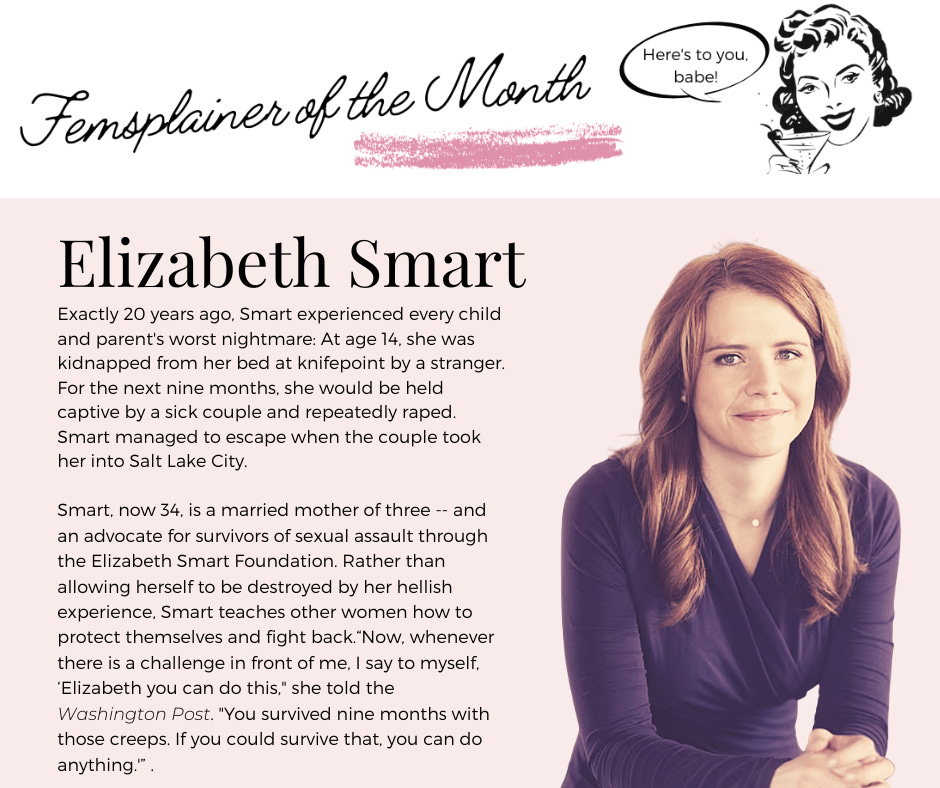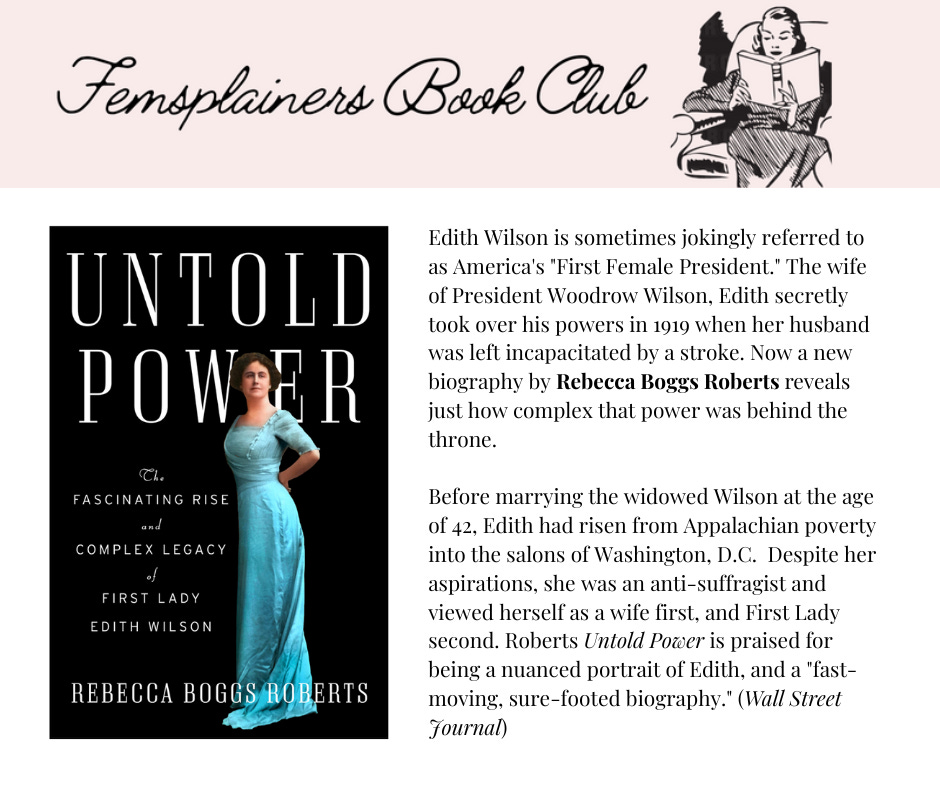April 2023
I TURN 60 this month, which is a big number. No getting around that. I thought 50 was big, but I was wrong. If you stay fit and wear a seatbelt, the 50s really are (were) the new 40s. But sadly the 60s are not the new 50s.
If I dropped dead of a stroke at 60, for example, nobody would say, “Oh my God, she was so young!” They would more likely say, “Smoker?” According to Germaine Greer, I’m well into the age of invisibility — “when the older woman suddenly realizes that she can no longer trade on her appearance, something which she has done unconsciously all her life.” In the eyes of the Daily Mail, I’ve gone from being a “Becky” to a “Karen.”
We women gird ourselves for this eventuality. In our younger decades, we poured money into anti-aging creams, Botox, fillers, etc. Yet we knew that there must come a moment when all these tricks cease to produce their magic. Inevitably, cheekbones will fall, jawlines will sag, hips will swell, hair will thin, elbows will crinkle, our skin will exude all the luminescence of blotting paper.
Women my age are often urged to embrace the decline. If life gives you wrinkles and gray hair, you might as well own them. "I think as you get older, you really get to the point where you just don't care anymore what people think,” says actress Jada Pinkett Smith. “This is me, this is my skin, this is my face, this is my body, love it or leave it. I've gotten older, I've gotten more acceptance from myself and I think that releases a lot of stress.” The once raven-haired Andie MacDowell, 64, is letting her kinky masses go silver. “Age isn’t a detriment and we don’t need to chase youth,” she insists. “We should all embrace every moment of our life.”
Which is good advice, to a point. But there is something dispiriting in this attitude, too. Underlying it is an acceptance of irrelevance, a concession to societal rejection: If no one cares about me, I’ll look and behave how I want.
True, we may not command the attention of waiters we once did (a loss Greer bemoaned). Cars certainly do not stop for me to cross the street the way they do when I’m out with one of my younger daughters. To the degree that flirtation ever worked to extract friendlier behavior from men, well - that was a pretty cheap currency bound to devalue quickly.
Maybe, like Germaine Greer’s discovery of her waning sexual power, these sentiments can only be expressed by women who are used to being spectacularly beautiful. Even with graying hair and crinkling eyes, the celebrities still look amazing. For most of us, age is a detriment — increasingly so (“Hellooo pelvic floor!” as my trainer likes to shout after an excruciating set of “targeted” exercises). We must face our reflections without an army of stylists behind us. To an ordinary woman, the urge to “let oneself go” is rarely an embrace of life but more often a form of giving up.
And who can blame us? The future looks a lot more comfortable in leisure wear.
But I like to hope there are ways to accept aging and stay relevant in the eyes of the world (as well as to myself).
When I think of the most youthful older people I’ve known, they’ve shared two qualities: Engagement in everything and everyone around them, and a deep mistrust of nostalgia.
Example: At the dawn of the internet, a grandson set up my husband’s late grandmother, Florence, with one of those early, massive desktop computers. By then in her late 80s, Florence could barely walk from her living room armchair to her kitchen. But in front of her computer, she suddenly commanded the whole world. She quickly adapted to email. Soon she was reconnecting to students from her past career as a high school English teacher, as well as engaging in lively correspondence with all her friends and relatives. When Florence wasn’t at her computer, she was convening literary salons or ferociously reading new books. She rarely talked about the painful physical ailments that kept her anchored her to her big chair — or indeed, anything else related to being old. Instead she fixed her attention on her visitors and their current interests. If you asked Florence when, in her opinion, was the best time to live, she’d always reply, “Right now.”
This same attitude can inform appearance. Just because our bodies aren’t what they once were doesn’t mean we have to dress like nursing home patients. I’ve always admired those older style icons — the Iris Apfels, the Kris Jenners, the Helen Mirrens — who adapt to current fashion trends. Like Florence, they aren’t looking back but embracing the new: tailored jackets, chunky-chic shoes, edgy jeans, a flourish of accessories. The result is modern, head-turning. Don’t you dare write me off!
My mother, Yvonne, now 87, has always been an inspiration to me on that front. She wore a bikini well into her sixties. She’s kept her hair blonde into her eighties. When she goes out, she makes an effort with her makeup and jewelry, and wears a fashionable skirt or dress that shows off her still shapely legs (“always the last to go,” a friend of mine observes). But it’s her continuing, keen interest in the world that gives her complexion a natural radiance that defies her age.
This is the real way to fight “invisibility,” I think — not by letting go, but by doubling down. It may seem like a more exhausting approach. You have to keep putting yourself out there, engaging with others, and not allow yourself to retreat into the inevitable decline. But then, that’s been true of every decade I’ve lived — whether I was a young mother with small children or a fifty-something seized by a midlife crisis. It’s easier to step back, to shut oneself away. Certainly sometimes you need to.
But in the end, life is not worth living if it’s not lived. I’ve found one of the great gifts of this last stretch of life is the ability to enhance — and even correct — many of my relationships. Increasingly, I define myself less by what I do versus who I am to my friends and family. The relentless ambition that defined most of my adult life has given way to taking joy in the success of others, especially my children. To me, it’s like a second journey: this time at a slower, sweeter pace, one in which I appreciate everything so much more.
In reconciling herself to this new passage, Germaine Greer herself acknowledged: “The older woman's love is not love of herself, nor of herself mirrored in a lover's eyes, nor is it corrupted by need. It is a feeling of tenderness so still and deep and warm that it gilds every grass blade and blesses every fly. It includes the ones who have a claim on it, and a great deal else besides. I wouldn't have missed it for the world.”

Speaking of nuanced portraits: David Frum’s March essay about Clover Adams, wife of the writer Henry Adams, raised the issue of how many great women in art have been held back by depression and mental illness (versus the patriarchy). Adams, a photographer, committed suicide; her husband commissioned the famous sculptor Augustus Saint-Gaudens to create a memorial for her grave in Washington, D.C.’s Rock Creek cemetery. Unsurprisingly, many on Twitter took issue with Frum’s point of view, while others agreed with Frum that men aren’t always or entirely to blame for women’s thwarted ambitions. Some comments below. ~DC
Lissy: So…when David thinks of Women’s History Month he thinks of emotional women and how it’s not all men’s fault?
Vicky: Yes, but…isn’t the nature vs nurture debate over? Like it’s more a spectrum than an either/or question?
Neil: Nicely written. And yes, nature can have more power than a social world of patriarchal relationships.
Winnie: Increasingly scientific evidence suggests the genes for creativity are often linked with those of mental instability. This is true for males and females. Think Hemingway, Van Gogh, etc
And on the sculpture itself:
Jim: Saint-Gaudens carved a tiny space in the DC landscape where even those of us who revile that parochial city may find a refuge of taste and beauty and harmony; this sculpture fills me with a strange peace, in a similar manner to which the sculptures in the portico at Chartres do.
As always, thank you for reading and subscribing to this newsletter. If you enjoy it, please don’t hesitate to share it! See you in May.
My late stepfather, Peter Worthington, was similar: a journalist right to the end of his remarkable life at 86 (he even wrote his own obituary). Although his stories eventually filled a memoir, like Florence he was someone who always looked forward rather than backward. On his deathbed Pete told me, “There are no more things I wish to do. There are just things I want to know.”








Great article. It seems to me that a move from a preoccupation with the surface to an engagement with the interior is a feature of the development of wisdom.